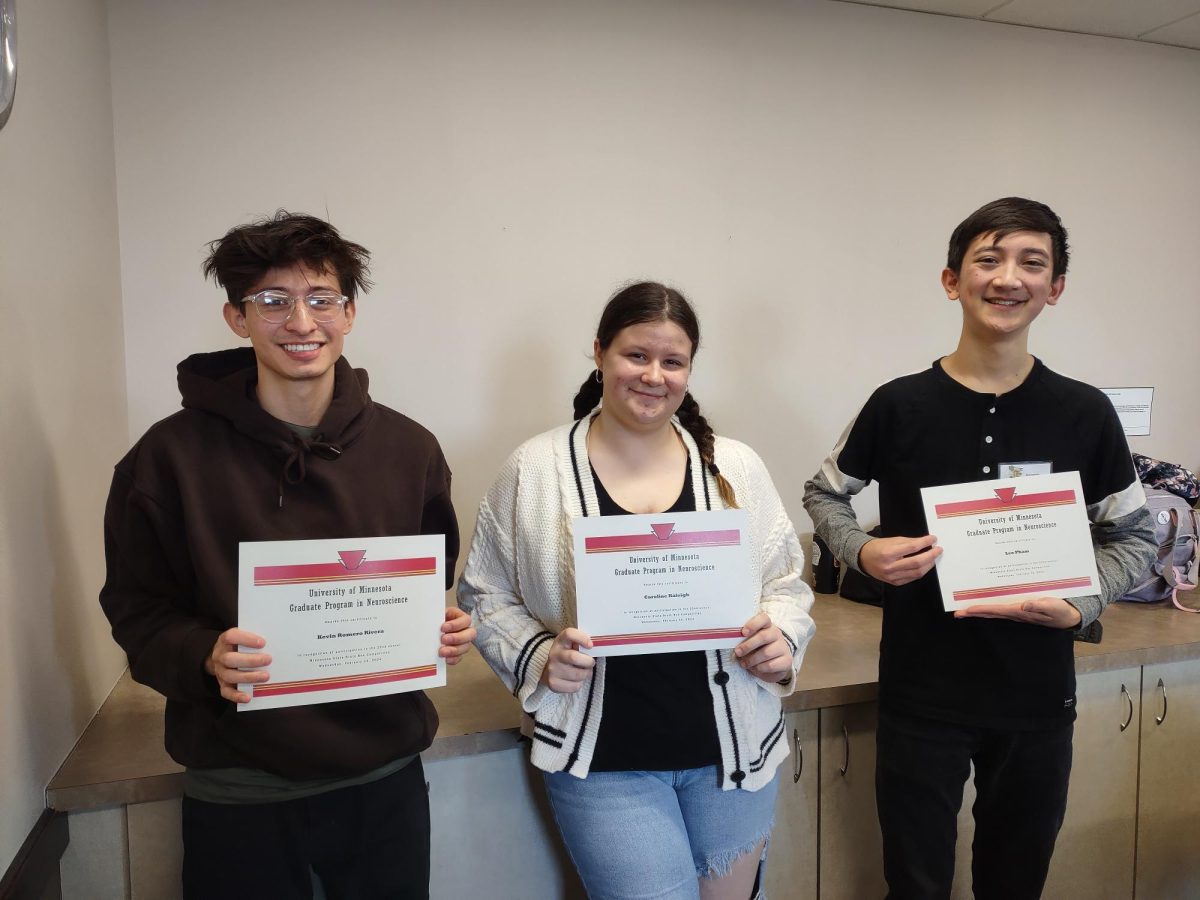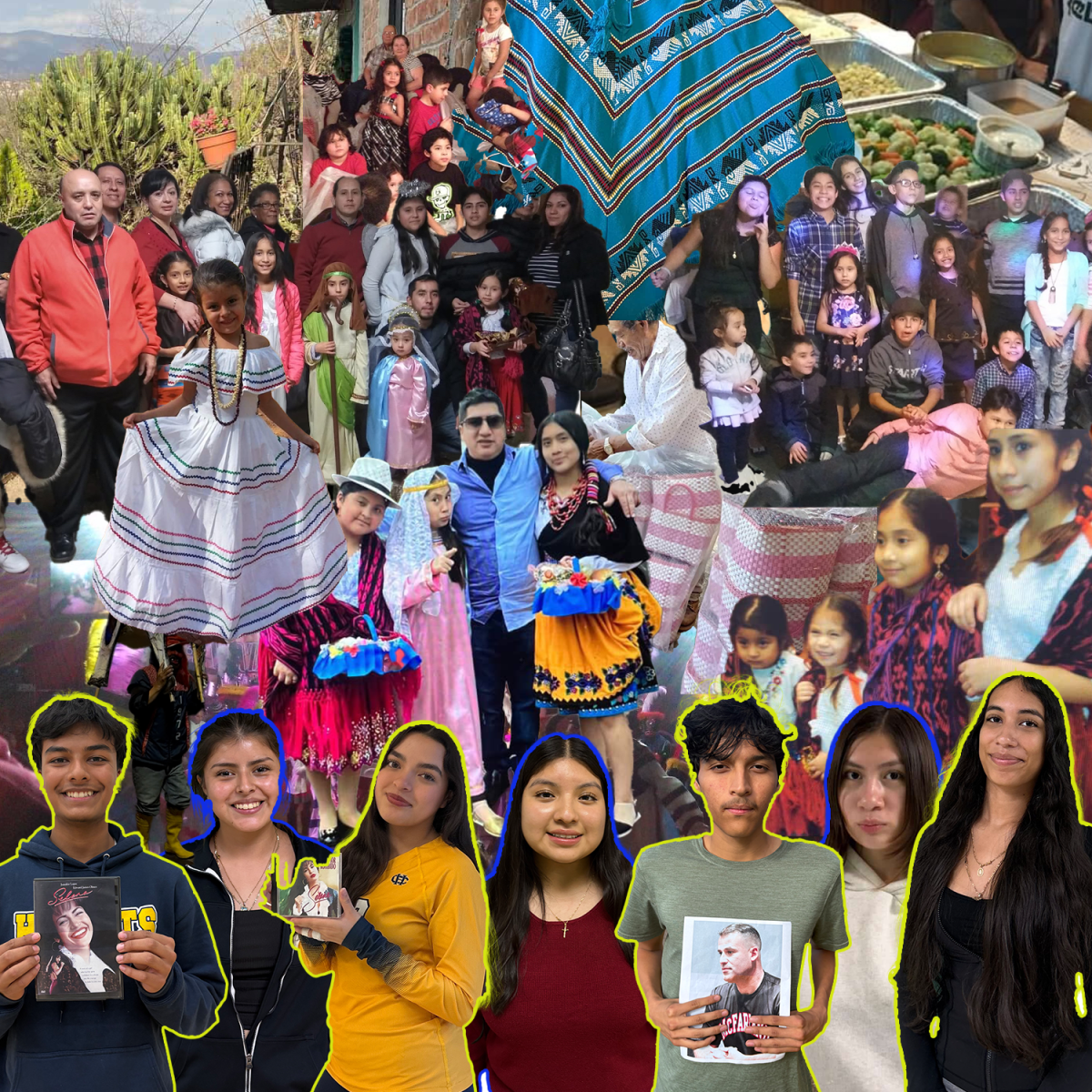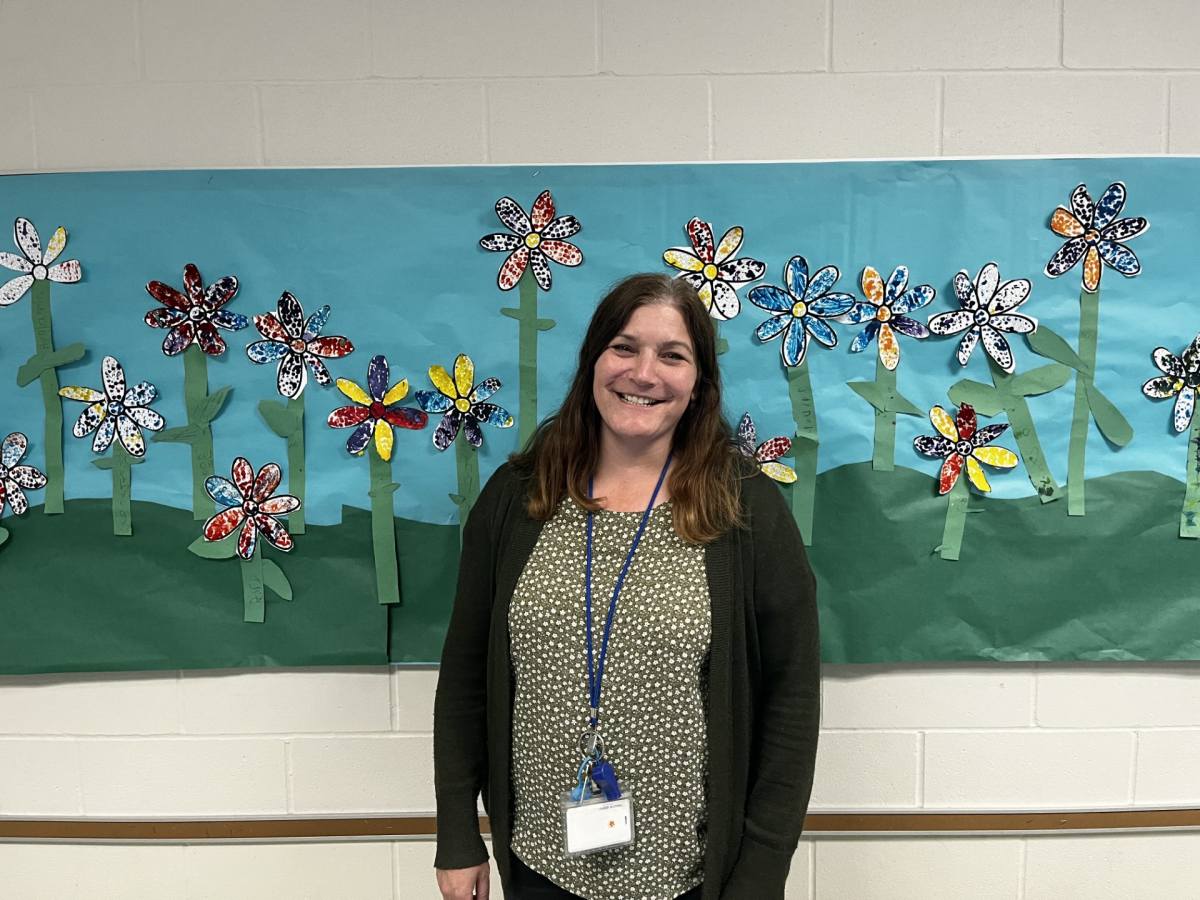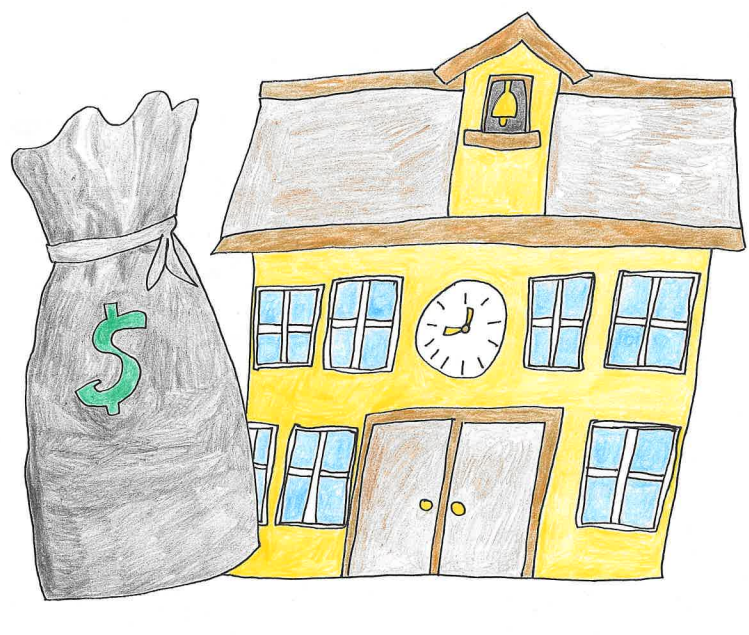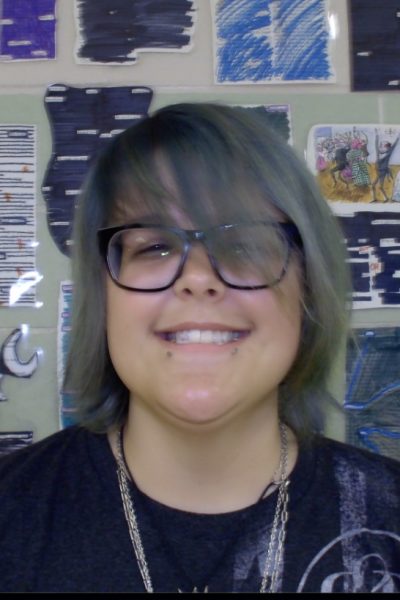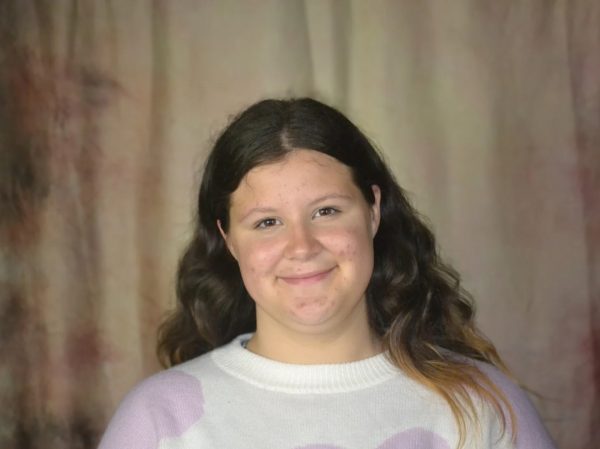Do you have a unique passion for science? Are you curious about how the brain functions? If so, The International Brain Bee competition might be the perfect atmosphere for you to grow your understanding while showcasing your skills amongst students like you!
The International Brain Bee (IBB) is an international competition where students ages 13-19 go head-to-head to show off their knowledge on various neuroscience topics. It aims to get students to learn more about neuroscience and spark future careers in the field. The IBB features three elimination rounds, one national round for those who qualify and an international round for the best of the best. The three winners of the international competition receive various cash prizes, but all participants at any stage of the competition will have an amazing experience along with an impressive extracurricular to add to their résumé.
The IBB was originally founded in 1998 by Dr. Norbert Myslinski at the University of Maryland. Since then, the Brain Bee has only expanded as more countries join the race. As the years go on, more and more organizations join forces with the IBB. The American Psychological Association, the Federation of European Neuroscience Societies, the Alzheimer’s Association and many more are all a part of the list of governing partners or sponsors that help the IBB operate every year.
“It’s a fun competition that looks good on your résumé, and I believe that if you took the time to dedicate a small amount of your time every day, you could do amazing things,” said Kevin Romero (12).
This year, Columbia Heights High School (CHHS) joined the competition for the first time! Upperclassmen Caroline Raleigh (12), Kevin Romero (12) and Leo Pham (11) competed in the local preliminary round with help from advisor and science teacher Ms. Aimee Candella. After placing in the top 30 qualifiers in prelims, they headed to the state competition held at the University of Minnesota — Twin Cities campus on February 14.
“The semi-finals were extremely nerve-wracking but overall it was really fun,” Raleigh said. “It was nice to get to know some of the other semi-finalists as well as see what some of the neuroscience grad students and professors know.”
Along with the chance to compete in the state competition, they also got a tour of the campus research facilities and to meet the university faculty. This gave the student more insight into a day in the life of a neuroscientist and an opportunity to see what kind of experiments take place on campus. It is a great experience for anyone interested in studying this field after high school.
“It gives you an opportunity to learn more in-depth about a particular topic,” Candella said. “You get to visit a college campus, meet faculty and tour cutting-edge research facilities, not to mention finalists receive $100 and a $30 bookstore credit.”
The local and state branches of the Brain Bee are based on the lessons taught in the book “Brain Facts” published by the Society of Neuroscience. The question topics involve brain anatomy, addiction, memory and more. It is also recommended that students study “Neuroscience: Science of the Brain” published by the British Neuroscience Association.
“It was really cool to take the test and see the final rounds,” Pham said. “Some of the questions were really hard, but they all were available to learn in the ‘Brain Facts’ book.”
In all aspects, the Brain Bee is a great opportunity to expand your neuroscience knowledge and your résumé. If you are considering getting involved next school year, visit thebrainbee.org to learn more or talk to Ms. Candella in room 91 for more information.


